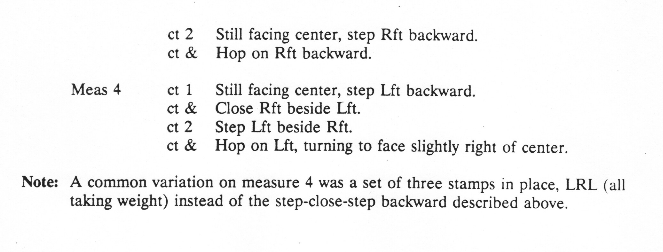Thanks to Ron Houston’s 1994 Folk Dance Problem Solver for much of the information presented below.
Devojačko kolo (deh-voh-YACH-koh) “girl’s kolo, or maiden’s dance” is a very old Serbian dance choreography and dance melody. Just how old is impossible to tell, because scholarly reserch into Serbian music and dance didn’t begin until the 20th century, when Devojačko kolo was already an established classic. Actually there are several Devojačko kolo’s, both song and dance. However, one is known today throughout Serbia, and it is the widespread Devojačko kolo I’ll deal with first. Here’s the melody, and an orchestrated rendition of the same.
Depending on what you call independence, Serbia became independent from the Ottoman Empire in 1804, 1815, 1817, 1867, 1878, or 1882. During this period, the growing Serb middle and upper classes were trying to become ‘European’ while forging their Serb identity. Identifying with native folk culture was a handy way of proclaiming themselves unique in Europe, and qualified to occupy their territory. European-style balls were held, featuring ‘refined’ versions of folk dances, scrubbed of uncouth peasant movements and music. Devojačko kolo was already an established folk dance tune and choreography by that time.
The period 1880 to 1914 marked the largest exodus from Serbia to the USA. By the 1930’s, when folk dancing in the US started becoming popular, Serb communities were well established. In 1936, Mary Effie Shambaugh published a book in the US called Folk festivals for schools and playgrounds, which included a description of Devojačko kolo; the same version used in schools throughout Serbia today.
I could find no YouTubes of Serbian adults doing this simple Devojačko kolo, either in a ‘village’ or performance setting. Unless you count this:
However, school-age kids in performing groups are easy to find.
So it’s clear that in Serbia today Devojačko kolo is considered a children’s dance. When did it lose its adult status? Was it lost by 1936, when Folk festivals for schools and playgrounds was published? Or was it at that time considered, at least in the US, suitable for children and adults?
What we do know was that Devojačko kolo the choreography was among the very first Balkan dances taught to recreational folk dancers – except the the choreography had a different name – a couple, in fact. In 1940 Vyts Beliajus published instructions for a Croatian dance called Radikalka, and in the early ’50’s Michael Herman and ‘Kolo John” Filcich both published instructions for Radikalko and Haj Haj Bozhe Daj – all with the same steps as Devojačko kolo.



It is interesting to note the choreography for Devojačko kolo/Radikalko/Haj Haj Boze Daj (slow-slow-quick-quick-slow) is almost identical to Šetnja (known in Serbia as Dodji, Mile, u naš kraj), [see https://folkdancefootnotes.org/dance/a-real-folk-dance-what-is-it/1st-generation-dances/childrens-dances-1st-generation-or-living/setnja-%d1%88%d0%b5%d1%82%d0%bd%d1%98%d0%b0-dodji-mile-or-prodje-mile-serbian-childrens-dance/] , Pece Atanosovski’s Macedonian dance Odeno Oro. [see https://folkdancefootnotes.org/dance/a-real-folk-dance-what-is-it/1st-generation-dances/odeno-oro-macedonia/] the basic hora step of Romanian Banat – Hora Banateana, a variation of Brau din Banat [see https://folkdancefootnotes.org/dance/a-real-folk-dance-what-is-it/about/brau-de-din-banat-brau-banatean-l-romanian/], and Kálman Magyar’s Hungarian dance Körtánc (known in Hungary as Varba Harangoznak) [See https://folkdancefootnotes.org/dance/a-real-folk-dance-what-is-it/1st-generation-dances/childrens-dances-1st-generation-or-living/kortanc-varba-harangoznak-hungarian-childrens-dance/] For simplicity’s sake, the slow-slow-quick-quick-slow pattern is often referred to as the Devojačko pattern. In addition to making up an entire dance, the Devojačko pattern is part of such dances as Dramskoto, Pljescavac, Milanovo Kolo, and Vulpitsa.
